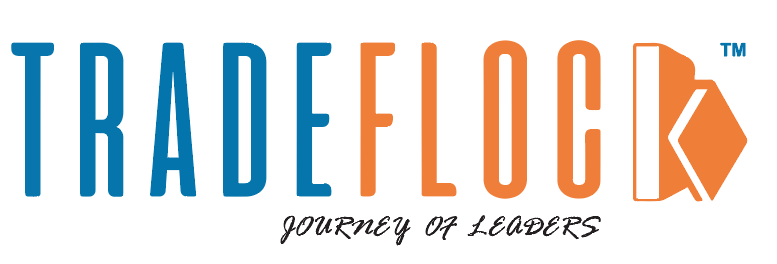The times we live in now necessitate digital literacy. Why? According to the Pew Research Center, more than 90% of jobs now require digital skills; whether you’re a recent graduate entering the job market or a seasoned professional looking to keep up with the latest trends, having digital skills is crucial. So, what exactly does it mean, and why should you care? Let’s dive into the importance of digital literacy in the modern workplace and how it shapes our work environment.
Table of Contents
What Does Digital Literacy Mean?
Digital education doesn’t mean you know how to create a social media account, upload images, or use any other social media platform. It transcends the social domains and extends to the ability to use digital tools and platforms. In simpler words, digital literacy skills are about how much more comfortable and dexterous you are in a digital environment. It further includes your ability to think critically, solve problems, and adapt to new emerging tools and trends.
Importance Of Digital Literacy In The Modern Workplace
Here are some of the reasons why digital skills matter:
Increased Efficiency and Productivity
One of the most significant advantages of digital literacy is the boost in efficiency and productivity. When employees are proficient in digital tools, they can quickly and accurately complete tasks. For example, project management software can streamline team collaboration, improving organization and communication.
Imagine a team trying to coordinate a project without a shared digital platform. Emails can get lost, deadlines can be missed, and confusion can reign.
Improved Communication
In the modern workplace, communication often happens through various digital channels, including email, instant messaging, and video conferencing. Having digital literacy lets employees choose the appropriate medium for their messages, ensuring clarity and effectiveness. For instance, knowing when to use a quick chat message or a detailed email can make all the difference in team dynamics.
Moreover, digital savviness also encompasses understanding online etiquette, which is crucial for maintaining professionalism.
Adaptability to Change
Technology is a rapidly evolving industry, and emerging technology makes it difficult for people who are not technology savvy to adapt. However, the contrary is true for individuals who invest their time and energy in digital literacy. Let’s understand this with the help of an example: consider a company that has decided to implement a new customer relationship management (CRM) system. Digitally literate employees will have an easier time learning and integrating the new software into their daily workflows.
On the other hand, those who lack digital skills may struggle, leading to decreased productivity and frustration.
Cultivating Digital Literacy in the Workplace
Now that you have a solid understanding of the importance of digital literacy, let’s delve into the steps of developing these skills
Training and Development Programs
Education is not the learning of facts but the training of the mind to think. — Albert Einstein
Investing time in training programs focused on digital literacy can significantly enhance employees’ skills. Workshops, webinars, and online courses can provide valuable insights into various digital tools and platforms. However, remember what Albert Einstein mentioned: Don’t just mug up the facts; try to understand the concept itself.
Encouraging Collaboration and Knowledge Sharing
Creating an environment where you and your colleagues can share knowledge and collaborate on projects fosters digital literacy. Implementing collaborative tools, such as wikis or intranets, can facilitate this exchange of information. Encouraging employees to share tips and tricks can also promote a culture of continuous learning.
Providing Access to Resources
Ensuring employees have access to resources, such as online courses, tutorials, and articles, can empower them to take charge of their digital literacy journey. Providing a curated list of resources can help employees identify areas for improvement and facilitate their learning process.
Setting an Example
Leadership plays a crucial role in promoting digital literacy. When leaders demonstrate their digital skills and embrace new technologies, it sets a positive example for the rest of the organization. Encouraging leaders to share their experiences with digital tools can inspire employees to follow suit.
Regular Feedback and Assessment
Regularly assessing employees’ digital literacy skills can help identify areas for improvement. Providing constructive feedback and creating personalized development plans can ensure that employees continue to grow in their digital competencies.
In the modern workplace, digital literacy is not just a skill; it’s a fundamental part of professional success. As technology evolves, being digitally literate will enable employees to adapt, communicate effectively, and drive innovation. Investing in digital skills initiatives can create a more efficient, productive, and empowered workforce. So, whether you’re just starting your career or looking to upskill, embracing digital education is key to navigating the challenges and opportunities of the digital age. Let’s embrace the future together, one digital skill at a time!





